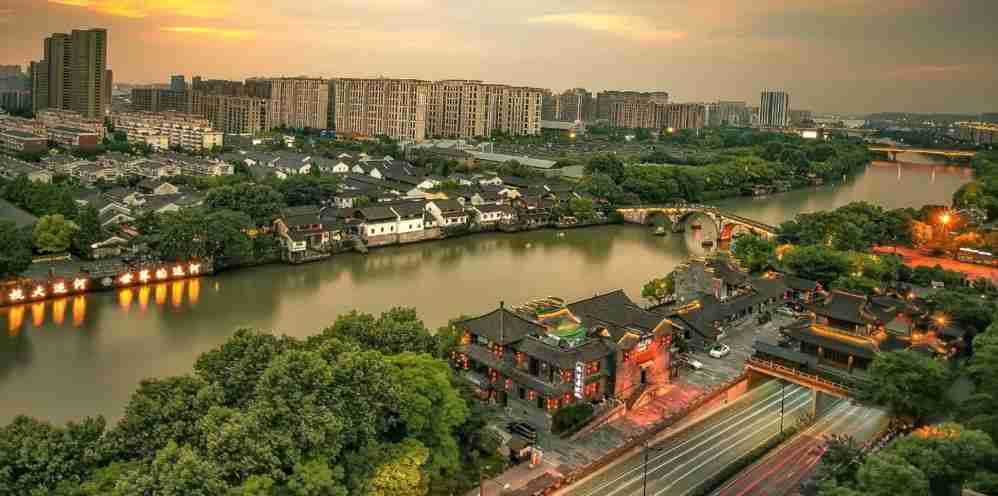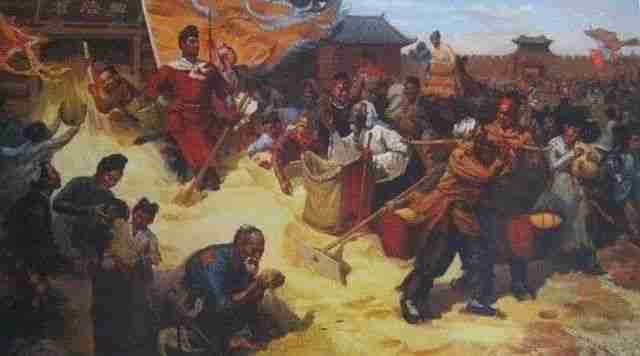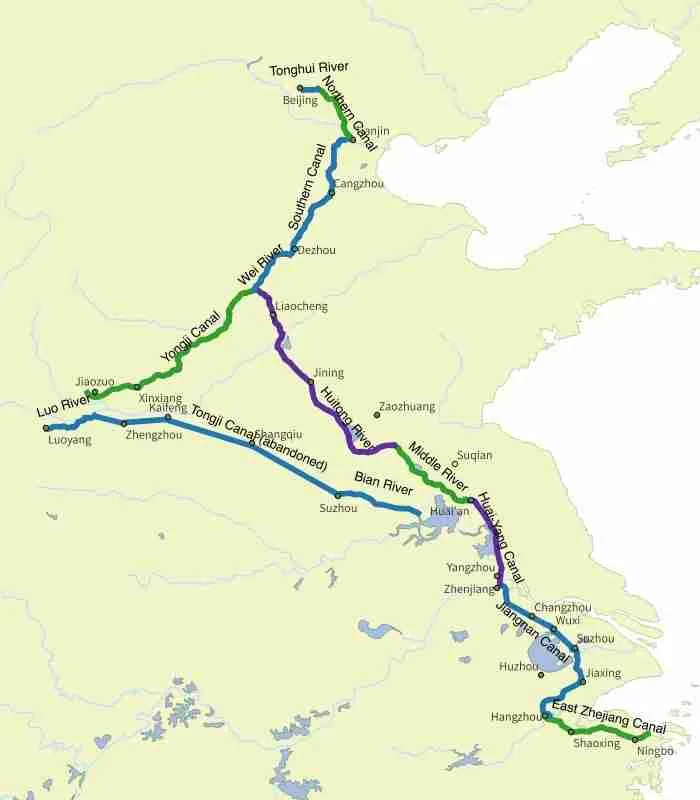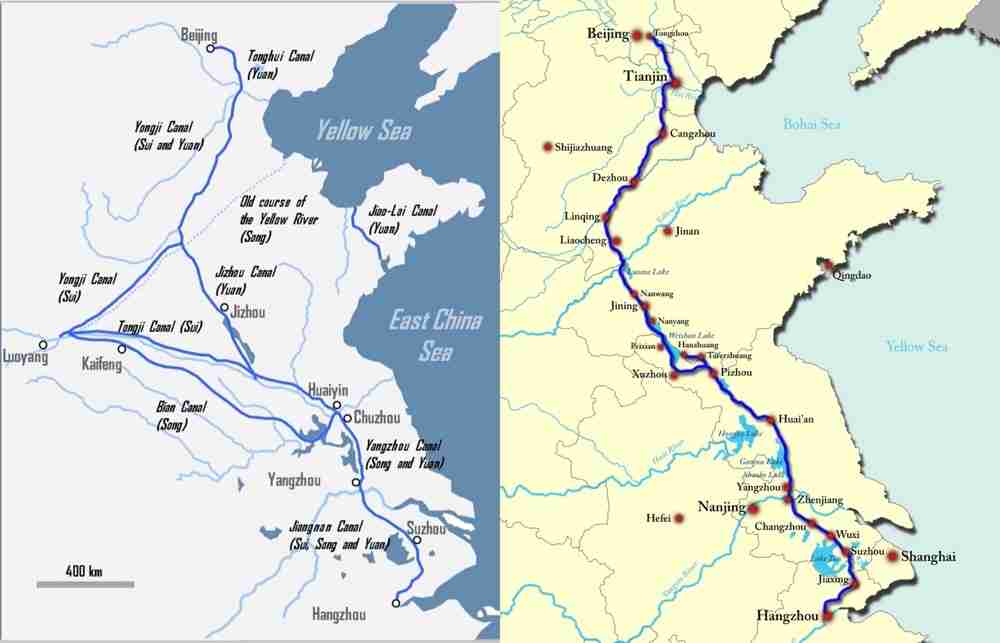Jinghang Yunhe, translating to ‘The Grand Canal’, has the distinction of being the longest artificial river in the world, or the longest canal globally. However, that is not all there is to it, as it showcases a long history dating back to Imperial China, and the mindset of the people at the time. Read on to find out more about it.
What is the Grand Canal?

Beginning in Beijing, the Grand Canal links the two major rivers in China – the Yangtze and Yellow Rivers. It passes through the provinces of Zhejiang, Hebei, Jiangsu, and Shandong, as well as Tianjin and Hangzhou City.
Who built the Grand Canal?
The canal was built around the 5th Century BC, although its construction is not attributed to a specific dynasty or person. Most of its sections were connected during the years of the Sui dynasty (between 581 and 618 CE). Future dynasties implemented more improvements such as changing its routes to reach Beijing, and most of these enhancements were done between 1271 and 1633.
Why was the Grand Canal built?
During the initial stages of construction (770 to 476 BCE) during the late Spring and Autumn periods, the canal was built to increase trade between the State of Wu and the State of Qi. Later on, during the Sui dynasty onwards, the canal provided a more efficient route of transporting agricultural supplies to the north from the south.
Why was the Grand Canal important?
The canal’s completion made it easier to transport grain and other supplies to the different regions of the country. It also played a major role during the Great Leap Forward era of Chinese history (between 1958 and 1962), as it gave the government an efficient way to transport food.
What was the Grand Canal used for?
The major role it had was facilitating easier transportation of grains to the capital and played a major role in unifying the south and north regions of China, as well as reducing the tendency of different regions in the country to go to war against each other.
Progress of the Grand Canal construction

Events preceding its construction
Construction started in 486 BCE, with the canal connecting the areas north of Huai’an in Jiangsu with the south of Yangzhou. In three years, the canal joined the Huai and Yangtze Rivers through marshland, lakes, and waterways.
The section of the Han Gou is the second oldest part of the canal since historians speculate the Hong Gou (translates to ‘Far-Flung Canal’ or ‘Canal of the Wild Geese’) came before despite its unclear construction dates. What points it out as the older section is a document from 330 BCE from the state diplomat Su Qin, who mentioned the Hong Gou when talking of state boundaries.
During the Sui dynasty
The Sui dynasty (581 to 618) is largely responsible for creating the Grand Canal as we know it today, as most of the sections in the southern Jiangsu and Zhejiang provinces were built. This was in response to the migration of China’s agricultural and economic regions to the southern regions instead of the Yellow River valley.
However, major buildups of silt were formed by the year 600, and the Sui dynasty chief engineer, Yuwen Kai, suggested a new canal be built. This canal would run opposite to the existing one and diverge at Yanzhou to avoid connecting with the Si River, and instead connect to the Huai River.
The first main part of the Grand Canal was then constructed and completed in 605 and termed as Bian Qu. The second Sui emperor commissioned the second main part of the canal between 604 and 609, doing it in two parts – the first part connected Luoyang to the Yangtze Valley, and the second apart expanded to Beijing in the north and Hangzhou in the south. To document the progress of construction, the activities were recorded in Kaiheji, which translates to ‘Record of the Opening of the Canal’.
At this time, the Canal was a series of non-contiguous artificial channels, as well as some sections having natural or canalized rivers.
During the Tang to Yuan dynasties
The city of Yangzhou played an essential role during the Tang dynasty, as it was the economic hub and was the geographical midpoint between the south and north, as it became cheaper to move grain and supplies between regions using the canal.
The Tang dynasty’s canal did not have much difference from the Sui dynasty canal, except minor improvements like granaries and canal locking improvements. However, a series of wars between the Jin and Song dynasties destroyed much of the canal, and it only went through repairs during the Yuan dynasty (1271 to 1368). They also moved the capital to Beijing, and the total length of the canal increased by 430 miles (700km) to become 1,100 miles (1,800km).
Where does the Grand Canal start and end?

The canal stretches between Hangzhou and Beijing, going for a distance of 1,115 miles (1,794km), and is divided into 8 parts.
Lake Lianhu
This is an artificial lake that went through various reclamations and became quite shallow, but efforts may be made to restore it to its original use due to its rising popularity.
Inner Canal
Operates between the Huai and Yangtze rivers and connects Yangzhou and Huai’an cities.
Jiangnan Canal
This is the southernmost section, where most construction materials and containers move, as well as where you can find several temples.
Middle Canal
It operates from Huai’an City to Weishan Lake, and most of its traffic comes from construction and coal mining companies.
Lu Canal
Connects Weishan Lake to Linqing, although most of it is dry.
Southern Canal
This goes for 326 miles (524km) to Tianjin from Linqing, although some parts are heavily polluted.
Tonghui River and Northern Canal
It follows a northwest direction and ends just before Beijing, stopping at a Grand Canal Cultural Park.
Eastern Zhejiang Canal

It is in Zhejiang province and is partly navigable.
The history of the Grand Canal of China is a long and extensive one, with this article only scratching the surface of its history. It is well worth a visit though if you find yourself in China.